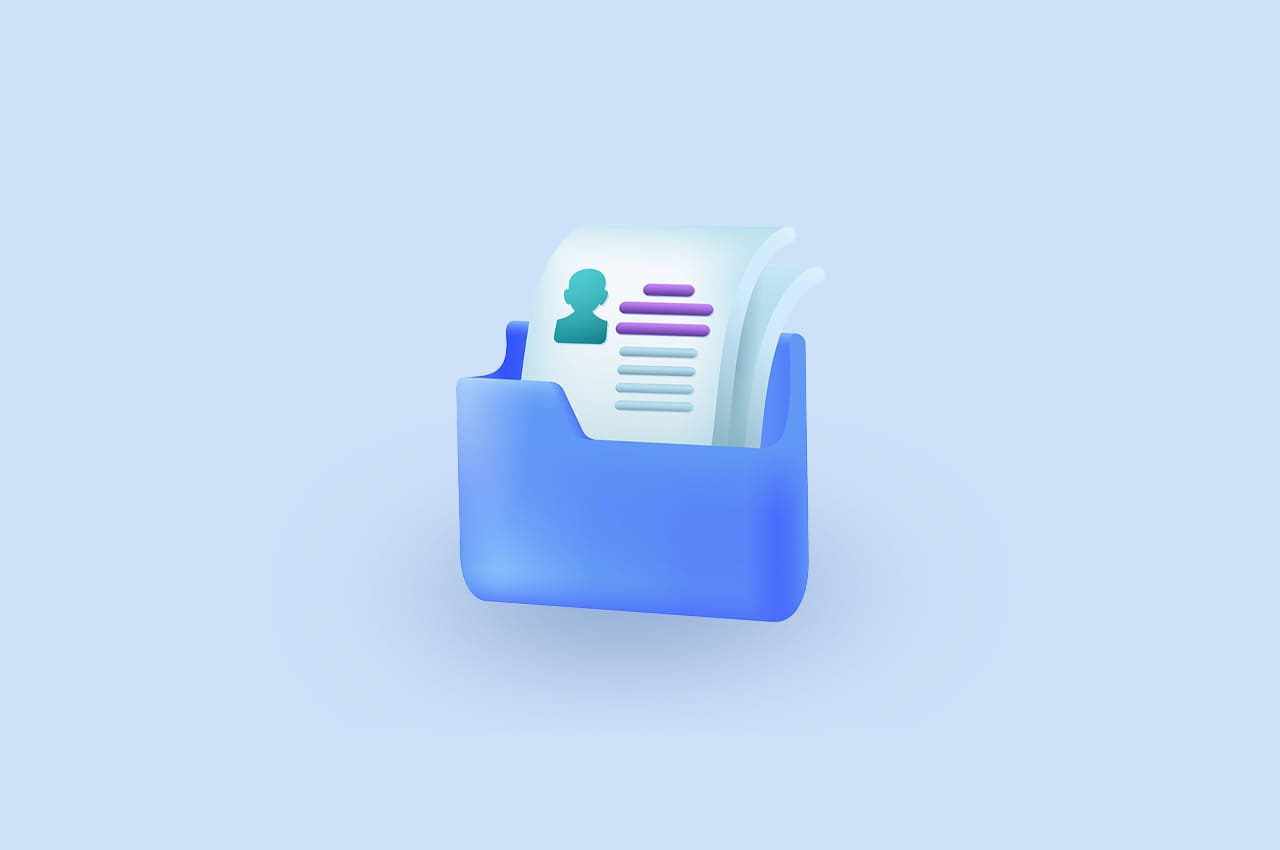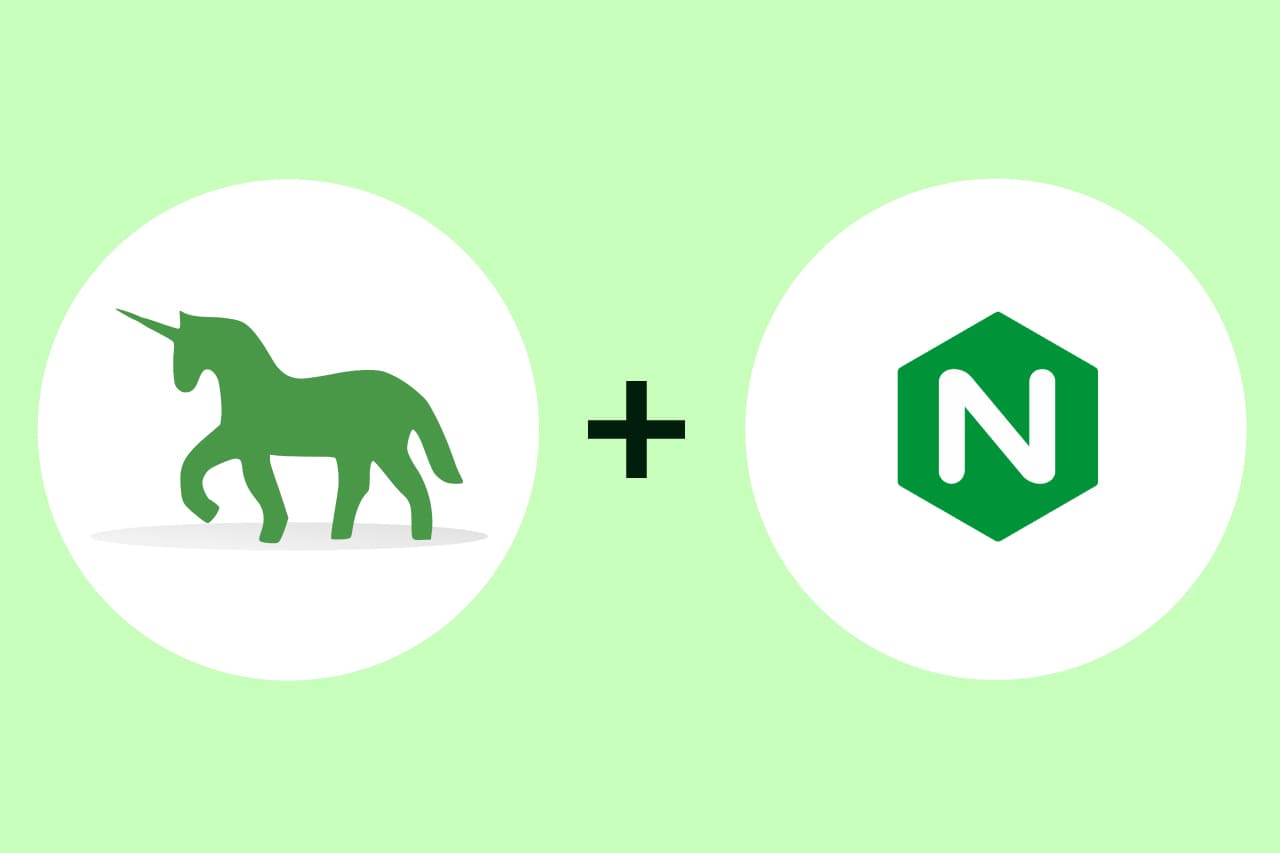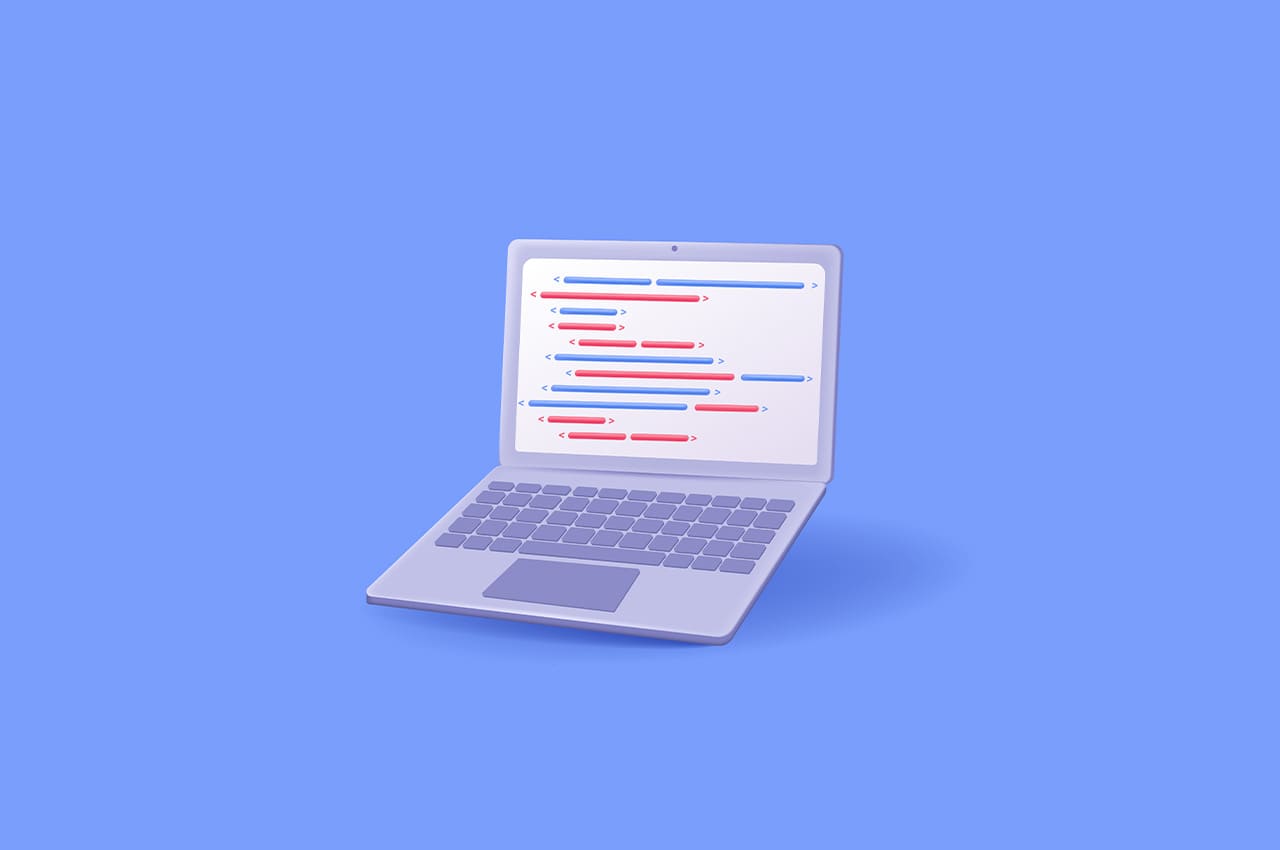Top 5 Key Benefits & Features of Horilla HRMS for Asset Management

Introduction:
Asset management is an important component of running a successful organization. It entails tracking, preserving, and optimizing firm assets in order to increase value while minimizing expenditures. Organizations require comprehensive tools and solutions to streamline their asset management procedures in today’s fast-paced and competitive business climate. This blog discusses how Horilla delivers a comprehensive asset management module that transforms how firms manage their assets. We’ll go over the essential features, benefits, and future trends of Horilla’s asset management module, emphasizing its significance in increasing operational efficiency and improving corporate performance. Whether you are a small startup or a large enterprise, understanding the power of Horilla’s HRMS in asset management can empower your organization to unlock the full potential of your assets and achieve long-term success.
Introduction to Asset Management: Streamlining Operations
Asset management is the systematic process of tracking, preserving, and successfully utilizing an organization’s assets. Effective asset management is critical for streamlining processes and maximizing the value of an organization’s resources. It enables firms to improve equipment usage, limit downtime, decrease maintenance costs, and assure regulatory compliance. Companies may gain better visibility into their assets, make data-driven choices, improve operational efficiency, and boost overall productivity by establishing a strong asset management strategy. It allows enterprises to align asset usage with business goals, reduce risks, and extend the life of important resources.
In today’s competitive business landscape, where organizations strive for operational excellence and cost-effectiveness, asset management plays a vital role in driving success and achieving sustainable growth. It empowers businesses to make informed decisions, increase operational efficiency, and deliver better value to customers. Through effective asset management, companies can optimize their operations, reduce waste, and ultimately enhance their bottom line.
Overview of Horilla’s HRMS: Enhancing Asset Management
Horilla is a complete software solution designed to optimize and automate numerous HR activities within an enterprise. Horilla, in addition to its core HR functions, provides a comprehensive asset management module that helps firms to properly manage their assets throughout their existence. Horilla’s asset management module provides enterprises with a unified platform for tracking, monitoring, and maintaining their physical and digital assets. It includes features like asset inventory management, asset tracking, maintenance scheduling, and reporting. The module makes it possible to efficiently track asset facts such as purchase date, warranty information, location, and allocated personnel. Organizations can use Horilla’s asset management module to optimize asset-related activities, automate maintenance schedules, and ensure optimum asset use.
In all, Horilla’s asset management module improves organizational efficiency by increasing asset visibility, simplifying asset management duties, and promoting data-driven decision-making. It enables firms to maximize asset use, cut expenses, increase production, and maintain regulatory compliance.
Key Features of Horilla’s Asset Management Module
- Asset tracking: The asset management module in Horilla provides sophisticated asset monitoring features. It enables enterprises to track and monitor their assets’ location, status, and usage in real-time.
- Inventory Management: The module includes effective inventory management tools that allow firms to keep a complete inventory of their assets. It enables firms to categorize assets and keep track of facts such as purchase dates, warranty information, and supplier information. Organizations can track asset availability, plan procurement, and ensure optimum asset utilization using a centralized asset inventory.
- Reporting and Analytics: The module includes extensive reporting and analytics functionality. Customized reports on asset use, maintenance history, expenses, and other relevant parameters can be generated by organizations. These insights allow firms to optimize asset allocation, identify maintenance trends, and estimate future asset requirements through data-driven decision-making.
- Integration with HRMS: One of Horilla’s asset management module’s primary strengths is its smooth interface with the HRMS platform. This interface enables effective employee-asset association, making asset assignment, tracking, and management based on employee roles, departments, or locations possible. It gives a unified perspective of employee-asset linkages, allowing for more efficient asset allocation and overall organizational efficiency.
Organizations may effectively track and manage their assets, improve asset use, decrease maintenance costs, and maintain regulatory compliance by exploiting these major aspects of Horilla’s asset management module. The module enables firms to make more informed decisions, increase efficiency, and optimize asset value.
Benefits of Using Horilla’s HRMS for Asset Management
- Greater Visibility: Horilla’s HRMS provides greater visibility into assets throughout their lifecycle. Asset location, status, and utilization may be easily tracked by organizations, ensuring that assets are always accounted for and utilized optimally. This enhanced visibility minimizes the possibility of asset loss, theft, or misappropriation.
- Increased Efficiency: Organizations can use Horilla’s asset management module to streamline asset-related operations such as asset procurement, allocation, and maintenance. The automation of these operations removes the need for manual labor, decreases paperwork, and reduces errors. Employees can rapidly discover and request assets, while managers can track and approve asset requests promptly, resulting in increased operational efficiency.
- Cost Savings: Effective asset management with Horilla’s HRMS enables firms to save money in a variety of ways. Organizations can reduce asset duplication and procurement costs by maximizing asset utilization and eliminating needless purchases. Proactive maintenance planning decreases the likelihood of unexpected breakdowns, lowering repair costs and downtime. Furthermore, accurate asset tracking and reporting help firms discover underutilized assets and make educated disposal or reassignment decisions.
- Enhanced Compliance: Horilla’s asset management module guarantees that regulatory standards and organizational regulations are met. Organizations can track warranty information, maintenance histories, and asset certifications to ensure timely renewals and compliance standards. This assists organizations in avoiding fines, maintaining asset quality, and meeting audit requirements.
- Streamlined Reporting and Analytics: Horilla’s HRMS delivers powerful asset management reporting and analytics capabilities. Asset usage, maintenance expenses, and depreciation reports can be generated by organizations. These reports support data-driven decision-making by assisting companies in optimizing asset allocation, planning for asset lifetime replacements, and forecasting future asset needs.
Organizations may improve visibility, increase operational efficiency, generate cost savings, assure compliance, and make educated asset management decisions by leveraging Horilla’s HRMS. Horilla’s platform’s integrated nature allows for smooth asset tracking and administration with other HR operations, delivering a comprehensive solution for effective asset management.
Tips for Implementing and Optimizing Asset Management with Horilla’s HRMS
- Data Integration: Make certain that your asset data is properly integrated into Horilla’s HRMS. To ensure consistency, import current asset records and create a uniform data format. To keep asset information relevant and credible, it should be updated and validated on a regular basis.
- User Training: Give staff who will be utilizing Horilla’s HRMS for asset management thorough training. Familiarize them with asset tracking, maintenance scheduling, and inventory management capabilities, functionalities, and workflows. Ascertain that they understand how to use the system efficiently in order to get the most rewards.
- Configuration and customization: Tailor Horilla’s HRMS to your organization’s asset management processes. Configure the system to correspond to your asset classification, naming practices, and any special fields or features relevant to your organization. This will improve usability and guarantee that the solution meets your specific asset management needs.
- Regular Audits: Conduct frequent audits to ensure that asset data in Horilla’s HRMS is accurate and complete. Reconcile physical assets with the information contained in the system on a regular basis to discover any discrepancies or missing items. This helps to maintain data integrity and guarantees that Horilla’s HRMS asset records represent the actual asset inventory.
- Maintenance and Calibration: Schedule and track asset maintenance activities such as preventive maintenance, repairs, and calibration using Horilla’s HRMS. Set up reminders and notifications to remind you to perform maintenance activities on schedule. Review maintenance data on a regular basis to discover trends, patterns, and opportunities for improvement in asset performance and lifetime.
- Asset Lifecycle Management: Leverage Horilla’s HRMS to manage the entire lifecycle of assets, from acquisition to disposal. Asset depreciation tracking, disposal procedures, and asset retirement planning are all useful aspects. This complete approach ensures appropriate asset usage, cost optimization, and regulatory compliance.
- Continuous Improvement: Review and analyze asset management procedures inside Horilla’s HRMS on a regular basis. Identify chances for improvement, such as automation, data quality enhancements, or user input. Seek feedback from stakeholders and use Horilla’s support and community resources to remain up to date on best practices and new features that can improve asset management.
Organizations can efficiently deploy and optimize asset management with Horilla HRMS by following these guidelines. Businesses can optimize the benefits of asset management and improve operational efficiency by integrating data, giving user training, conducting frequent audits, and focusing on continuous development.
Future Trends and Advancements in Asset Management Technology
- Internet of Things (IoT) Integration: As the Internet of Things (IoT) advances, asset management systems become more interconnected. Asset sensors and devices can offer real-time data on their location, condition, and performance. This allows for preventive maintenance, greater asset tracking, and better decision-making. Horilla is embracing IoT integration, allowing organizations to optimize asset management by leveraging sensor data and IoT-enabled devices.
- Predictive Analytics: Predictive analytics is becoming more popular in asset management. Businesses can predict asset failures, identify maintenance needs, and optimize asset lifecycles by examining historical data, asset behavior patterns, and external influences. Horilla is introducing predictive analytics capabilities, which will allow organizations to anticipate and prevent asset-related issues, lowering downtime and maintenance expenses.
- Mobile Access and Mobility Solutions: For businesses that want real-time information on the go, mobile access to asset management systems is becoming critical. Employees can use their mobile devices to access asset data, run audits, update information, and submit work orders. Horilla provides mobile applications and dynamic interfaces, allowing for easy access to asset management capabilities from any location at any time.
- AI-powered Asset Management: AI is revolutionizing asset management by automating procedures, improving decision-making, and optimizing asset use. AI algorithms are capable of analyzing massive volumes of data, detecting anomalies, and providing insights for improved asset performance and risk mitigation. Horilla is adding artificial intelligence capabilities into its asset management module, providing organizations with intelligent asset management solutions.
- Cloud-based Solutions: In asset management, cloud technology provides scalability, flexibility, and cost-efficiency. Cloud-based asset management systems facilitate data centralization, collaboration, and access across various locations and devices. Horilla offers cloud-based deployment options, allowing you easy access to asset management features and safe data storage.
- Blockchain for Asset Verification: Blockchain technology is gaining traction in asset management for ensuring data integrity, traceability, and verification. Businesses may securely track asset transfers, ownership histories, and maintenance records by adopting blockchain. Horilla is investigating the use of blockchain technology to improve asset verification and generate immutable audit trails for asset management operations.
- Integration with Enterprise Systems: Asset management solutions are increasingly being connected with other enterprise systems. This interface allows for smooth data interchange, streamlining procedures, and overall operational efficiency improvement. Horilla provides connection options that enable firms to integrate asset management into their existing enterprise platforms.
Horilla’s Adaptation to Future Trends
Horilla is committed to remaining at the forefront of asset management technology by embracing growing trends and improvements. Horilla’s development team is always evaluating market trends, client input, and technical improvements in order to improve the asset management module. Horilla is hard at work on IoT integration, predictive analytics, mobile access, AI-powered solutions, and cloud-based deployment choices. The goal is to give businesses with a comprehensive, forward-thinking asset management system that fits their changing needs.
Horilla is also looking into blockchain integration to provide data integrity, transparency, and secure asset verification. The team is also working on seamless connectivity with other corporate systems to provide firms with a single view of asset-related data across numerous platforms. By aligning with future trends and leveraging innovative technologies, Horilla aims to empower businesses with advanced asset management capabilities, enabling them to optimize asset utilization, reduce costs, and drive operational excellence.
Conclusion:
To summarize, good asset management is critical for firms seeking to improve their operations, reduce costs, and increase productivity. Horilla’s HRMS, with its full asset management module, provides a slew of advantages, including better visibility, efficiency, and cost savings. Organizations can streamline their asset management procedures by utilizing capabilities such as asset tracking, inventory management, maintenance scheduling, and data integration. Horilla’s HRMS further optimizes asset management through user training, regular audits, and data-driven decision-making.
Looking ahead, IoT connectivity, predictive analytics, mobile access, AI-powered solutions, cloud-based deployment, blockchain verification, and seamless connection with business systems will define the future of asset management technology. Horilla is responding to these trends by ensuring that its asset management module remains innovative and relevant to organizations’ changing demands. With Horilla’s HRMS, organizations can revolutionize their asset management practices, gain actionable insights, enhance decision-making, and achieve operational excellence. Embracing Horilla’s asset management capabilities unlocks the potential for efficient asset utilization, reduced downtime, and improved overall business performance.




